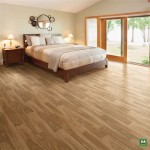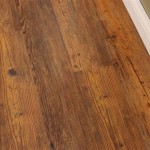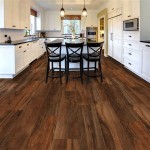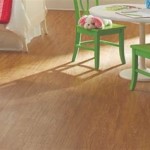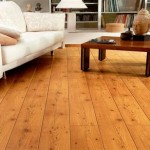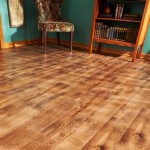Black mold on hardwood floors is a common problem that can cause health issues and damage to the flooring. It is important to identify and treat mold as soon as possible to prevent further damage. This article discusses how to identify and treat black mold on hardwood floors.
Identifying Black Mold
The first step in treating black mold on hardwood floors is to identify it. Black mold usually appears as black, greenish-black, or grayish-black spots on the floor. It may also have a musty smell. In order to determine whether the spots are actually mold, it is important to have the area tested by a professional.
Treating Black Mold
Once the mold is identified, it is important to treat it as soon as possible. The first step is to remove any loose or damaged wood. It is also important to clean the area with a commercial mold cleaner. This will help to remove mold spores that are airborne. After the area is cleaned, it is important to use a sealant to prevent future mold growth.
Preventing Future Mold Growth
In order to prevent future mold growth, it is important to keep the area clean and dry. This means vacuuming and mopping the floor regularly and using a dehumidifier to reduce moisture in the air. Additionally, it is important to repair any leaks or water damage as soon as possible.
Health Effects of Black Mold
Black mold can cause a variety of health issues, including allergies, respiratory irritation, skin irritation, and eye irritation. It is important to wear protective clothing, such as a face mask, when cleaning the area and to keep children and pets away from the area until it is completely cleaned and treated.
Conclusion
Black mold on hardwood floors is a common problem that can cause health issues and damage to the flooring. It is important to identify and treat mold as soon as possible to prevent further damage. This article discussed how to identify and treat black mold on hardwood floors, as well as how to prevent future mold growth and the health effects of black mold.














Related Posts

